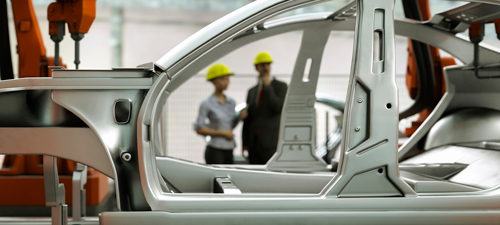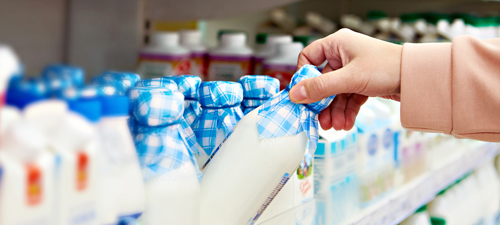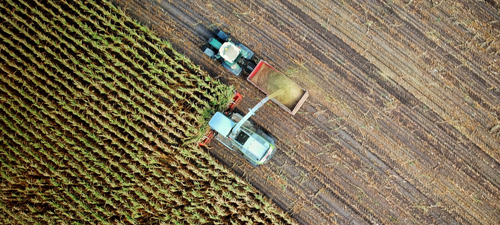SHOULD YOUR PROTOTYPES USE SLA OR FDM 3D PRINTING TECHNOLOGY?
You already understand the benefits of using 3D printing to test out your product designs during the rapid prototyping phase of a new injection molding project, but does it really matter which type of 3D printing you use?
At KASO, we want all of our customers to truly understand the engineering, manufacturing, and prototyping processes we employ. Rapid prototyping is one major step in this process. During prototyping, we employ 3D printing to create 3D models tol help us test out design concepts and shorten product development times. Stereolithography, or SLA, and Fused Deposition Modeling, or FDM, are two of the most common 3D printing techniques employed for these purposes, and each can be beneficial depending on your unique product needs.
WHAT IS SLA 3D PRINTING?
SLA, or Stereolithography, is a 3D printing technique that employs a laser to harden liquid resin to build molds, prototypes, or patterns a single layer at a time. This process has been in use for many years.
What projects is SLA a good choice for?
SLA 3D printing can be useful for projects requiring a high level of accuracy and fast turnaround time. The only downside of this process is that 3D models created using SLA are often not as strong or as durable as finished products will be, making it harder to test out part functionality prior to the start of full production. Color options are also somewhat limited in comparison with FDM.
WHEN IS FDM 3D PRINTING THE RIGHT CHOICE?
FDM printing, or Fused Deposition Modeling, printing operates by extruding plastic through a nozzle, layer by layer. It is very flexible in its applications. Plastic prototypes created using this method will begin to harden immediately. Fused deposition modeling has many of the same characteristics as SLA, but can be used with many different materials and colors and can create prototypes that are as strong and durable as the finished parts will be. Most FDM printers use standard filament rolls in one of two standard sizes.This makes FDM 3D printing a good option for those wanting to test a part’s functionality and use prior to large-scale injection mold manufacturing.
Visit KASO’s rapid prototyping page to learn more or to request your quote for a new 3D prototype.
RAPID PROTOTYPING WITH FDM 3D PRINTING
KASO Plastics uses Fused Deposition Modeling (FDM) for our rapid prototyping, meaning our prototype parts have up to 80% the strength of a similar part produced using plastic injection molding.
Be sure to take a look at our section regarding 3D Printing and Rapid Prototyping.
This article was updated April 26, 2017.








 Molding services for Agricultural customers
Molding services for Agricultural customers